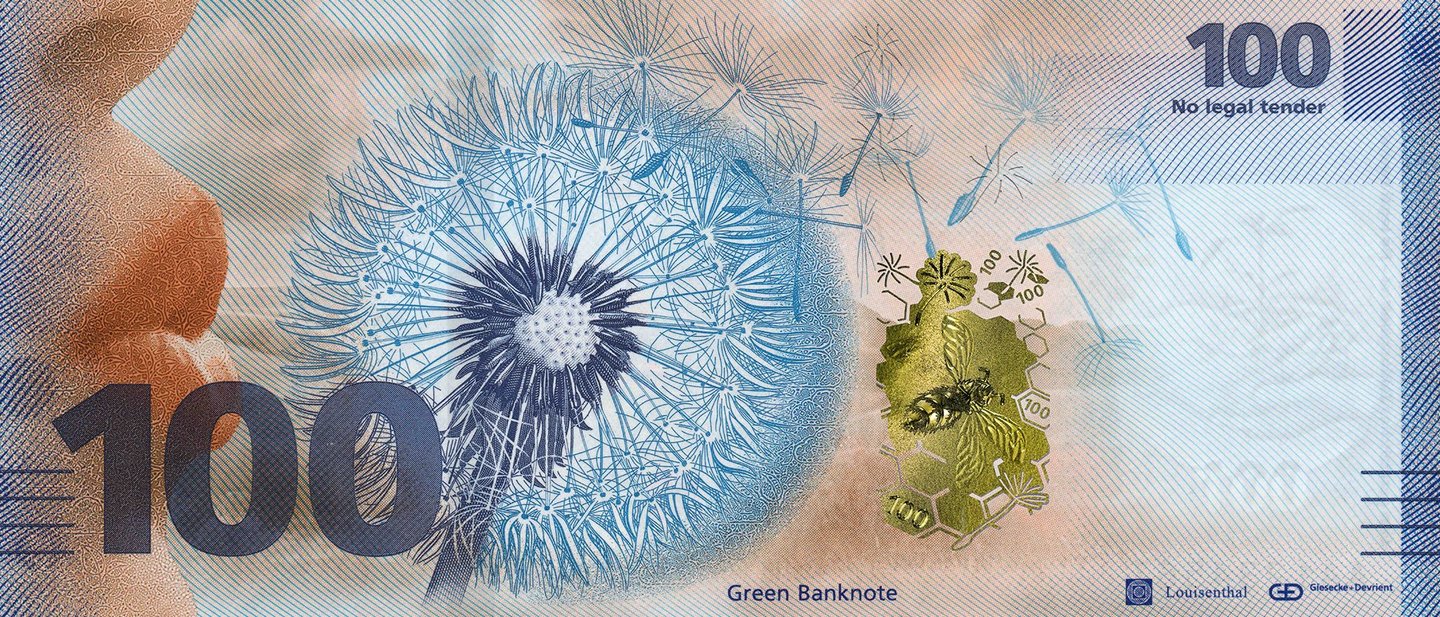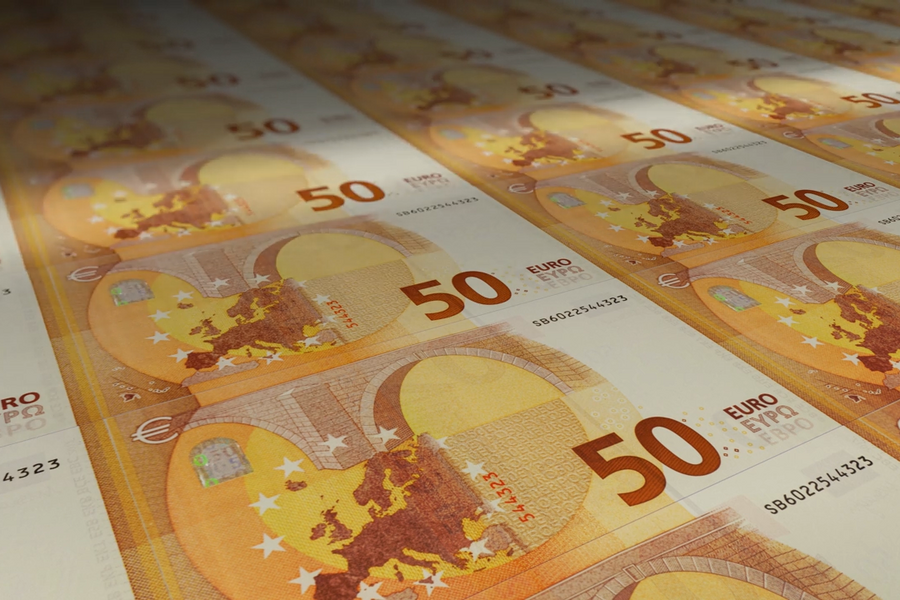Nowadays, thankfully, sustainability is more than just a buzzword. We take stock of how sustainable our practices are every single day. As individuals, it’s an active choice when we fill up our (metal) flask with water in the morning and when we take reuseable bags to the supermarket. Companies, too, have realized that they don’t have to choose between what’s good for business and what’s good for the planet. As IPCC reports paint an increasingly gloomy picture, sustainable business must step up to improve matters. Discussions surrounding the ESG (environmental, social, governance) approach are now ubiquitous.

The future of banknote sustainability
Banknotes are used the world over on a daily basis. Do we ever stop to think how eco-friendly our cash is, or what we can do to improve its sustainability? It turns out that the best choice for banknotes, environmentally, is money made from cotton, a natural, renewable resource.
Cash is the most widely used payment system in the world, with some 576 billion banknotes currently in circulation. The impact of improving sustainability over the entire cash cycle – from production to end-of-life treatment – would be significant.
That’s why G+D has established the Green Banknote Initiative (GBI) as a platform for the currency community, from printers to banks and everyone in between. Its aim is to optimize cash sustainability, comprising alternative fibers, newly developed inks, and the use of other recycled raw materials.
Creating a positive environment: what makes money green?
From the production process to the end of the life cycle, the GBI has defined fields of action to increase banknote sustainability. Every single year, 170 billion banknotes are destroyed and replaced. The first step to greater sustainability is to ensure longer-lasting banknotes made from renewable materials.
“Paving the way for greener payments means recognizing that the sustainable banknote of the future relies on natural fibers,” says Clemens Berger, Chairman of the Board at Louisenthal, a G+D subsidiary. “That’s why durable cotton notes are a plus for the whole cash cycle.”
The durability of banknotes is crucial, but that alone is not enough. Instead, durability must be combined with other factors, such as security, efficiency, and flexibility. By using highly durable cotton-based substrates – such as LongLife™ and Hybrid ADDvance® – these further factors can be taken into consideration.
“Paving the way for greener payments means recognizing that the sustainable banknote of the future relies on natural fibers“
Chairman of the Board at Louisenthal
LongLife™ and Hybrid ADDvance® cope with daily life (climatic conditions, the challenges of everyday handling, and the occasional washing machine spin) and ensure maximum durability.
“To see the influence of our footprint but also to find out which levers we have, we at G+D have assigned an external institute to conduct a product carbon footprint as well as a water footprint of our standard cotton, LongLife™ varnish, and Hybrid substrate,” adds Alexandra Geiger, Sustainability Engineer at G+D’s Banknote Solutions Division. The key findings? “Highly durable cotton-based banknotes have the smallest CO2 footprint among available banknotes,” Geiger says.
Hybrid banknotes generate up to 24% less CO2 in production than comparable polymer notes, while reducing emissions by 13% in the cash cycle.
At the same time, the banknotes offer uncompromising security, with a combination of embedded, printed, and applied security features on the cotton-based substrate that lowers the chances of counterfeit reproduction. This also plays into durability: banknotes that compromise on security run the risk of shorter cash-cycle lifetimes. “Durability+” is what G+D calls the interplay of durability, security, and sustainability.
Renewable raw materials in a circular economy
The banknote’s end of life is a chance to increase sustainability too. Cotton banknotes offer a range of possibilities for recycling after their life cycle, while recycling plastic is a less green choice, with high energy consumption, high CO2 emissions, and numerous logistical issues1.
“The Green Banknote Initiative and the Durability+ concept expand our sustainability strategy and help us to support our customers and partners in their sustainability goals,” explains Bernd Kümmerle, Managing Director of the Banknote Solutions Division at G+D Currency Technology. “For example, we advise them on their environmental strategy or work on specific production and product solutions. This ranges from analyzing substrate optimization to discussing end-of-life solutions, to name just a few examples.”
And as the GBI’s publication “A whitepaper about green paper” continues to emphasize, “only by applying the principles of a circular economy, by decreasing emissions in the complete cash cycle, and by driving resource efficiency across global value chains and operations can the common goal be reached.”
Please find more details here: Green Banknote Initiative (GBI)
Published: 05/05/2022


